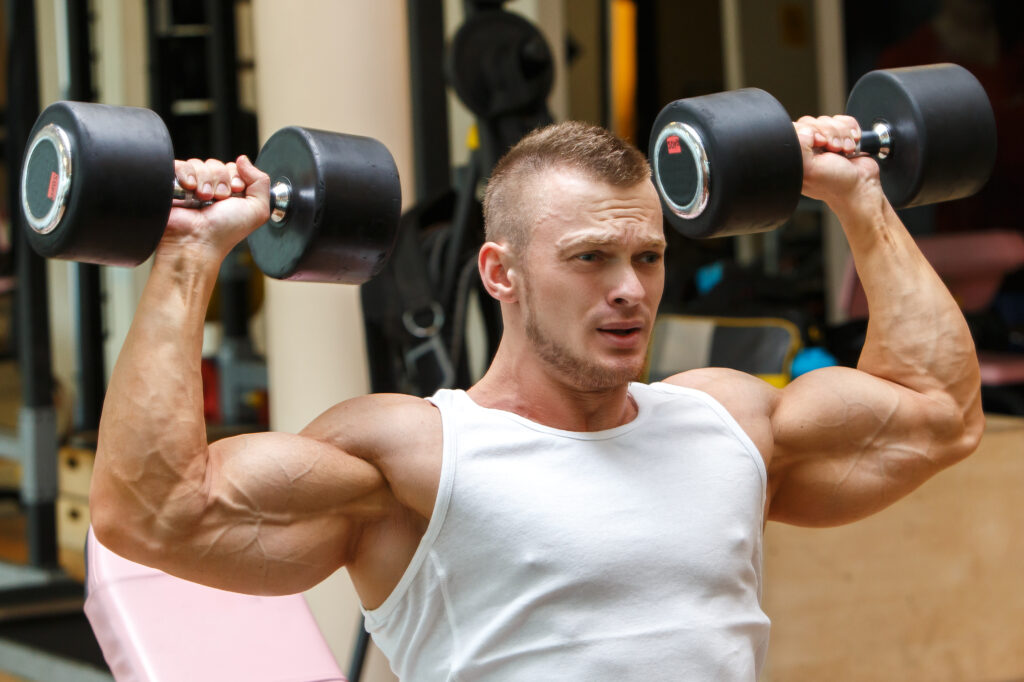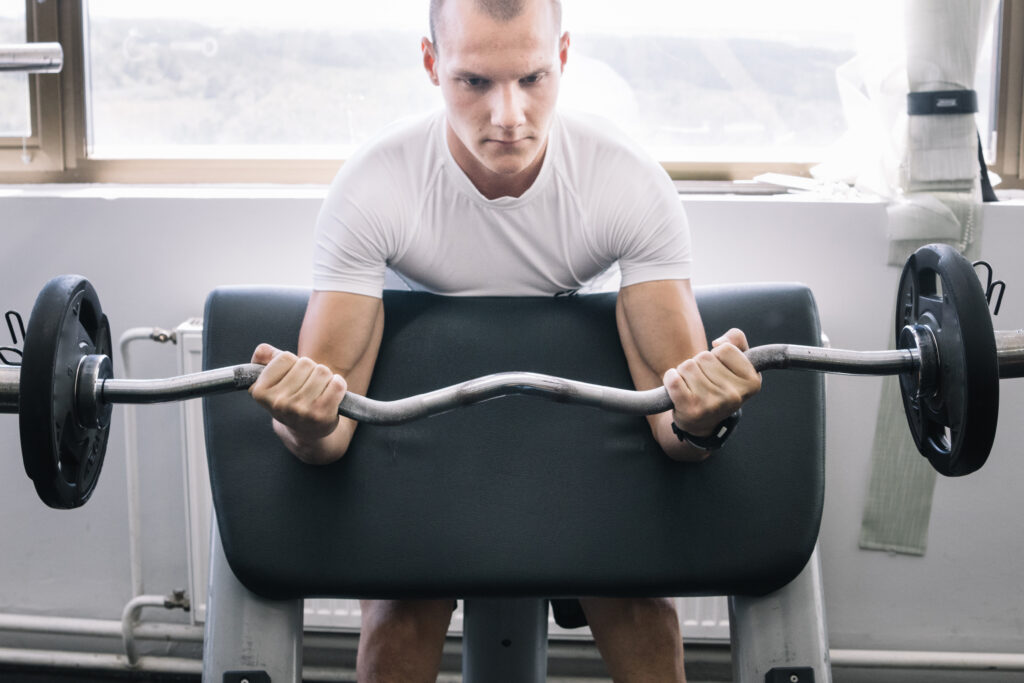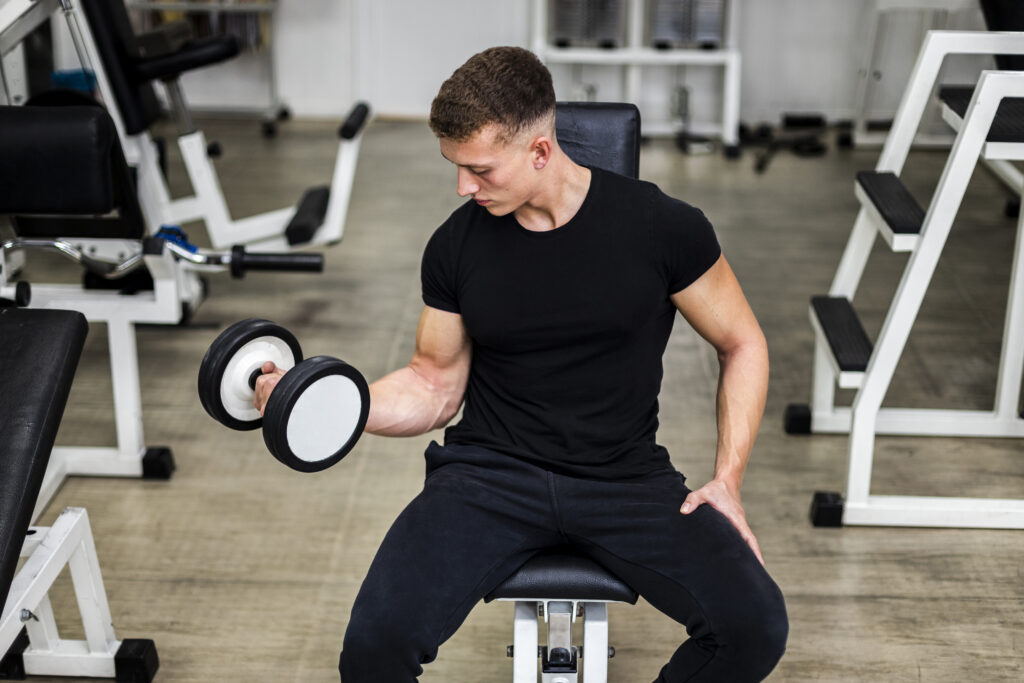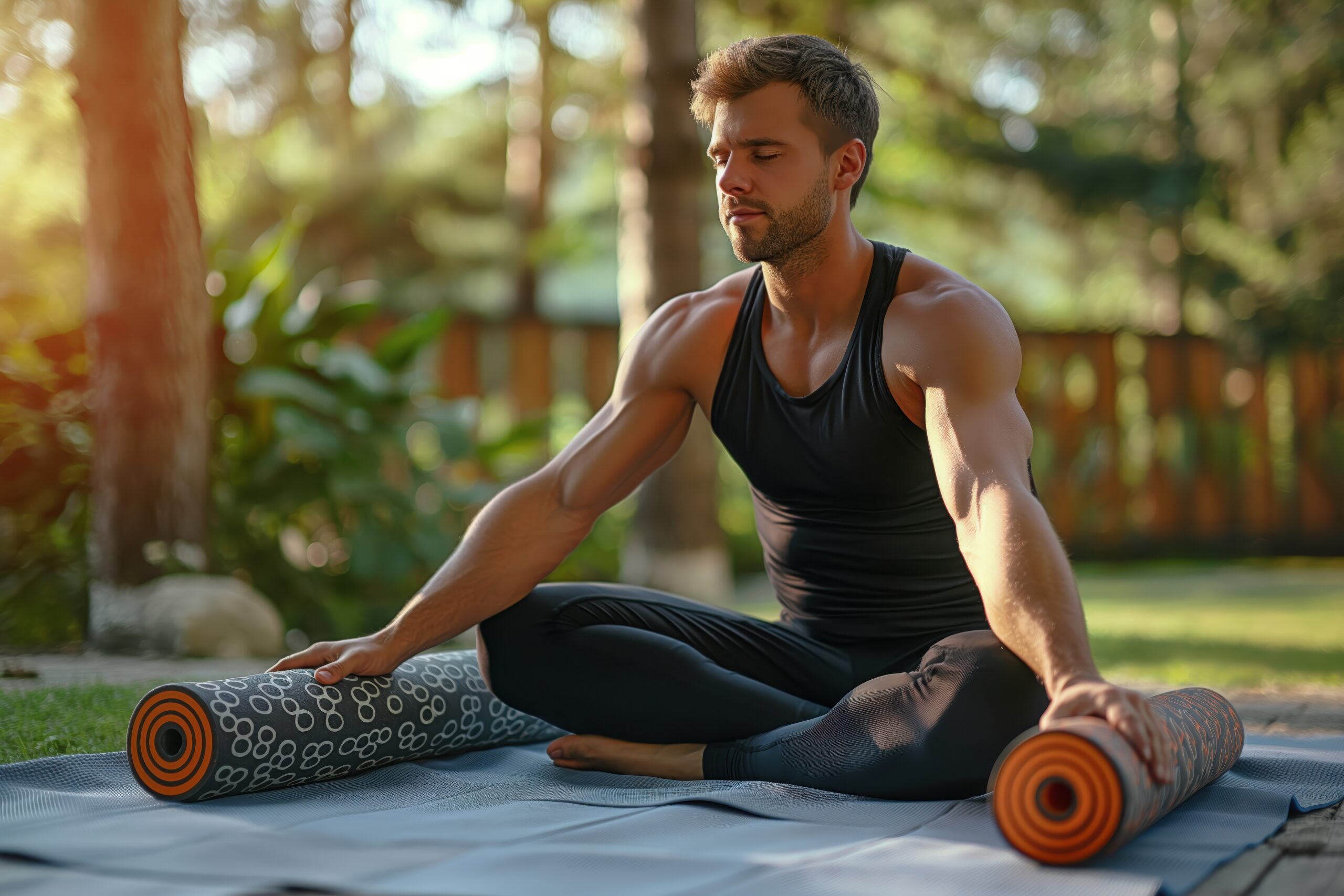Best Exercise for Biceps

Introduction: Why Focus on Biceps Training?
The biceps are one of the most noticeable muscle groups of the upper body, making them a popular focus for anyone aiming to build strong, defined arms. Having well-developed biceps not only enhances your physique but also improves functional strength, aiding in various pulling and lifting movements. If you want to achieve impressive arms, choosing the right exercise for biceps is crucial.
Table of Contents
Understanding the Anatomy of the Biceps
To design an effective biceps workout, you need to understand the structure of the muscle:
- Biceps Brachii: The most prominent biceps muscle, consisting of two heads (long and short) that control the elbow joint.
- Brachialis: A deeper muscle beneath the biceps brachii that adds thickness to the arm.
- Brachioradialis: A forearm muscle that assists in flexing the elbow.
Each exercise for biceps targets different parts of these muscles. Let’s explore the best exercises to fully engage your biceps and build strength.
Key Principles for Effective Biceps Training
Before diving into specific movements, keep these guidelines in mind:
- Form Over Weight: Proper form ensures the biceps, not other muscles, are doing the work.
- Progressive Overload: Gradually increase weights or reps to stimulate growth.
- Mind-Muscle Connection: Focus on contracting the biceps with each rep.
Now, let’s break down the most effective exercise for biceps that will enhance your arm training routine.
Best Exercises for Biceps
1. Barbell Bicep Curl
This classic exercise for biceps is a staple for building size and strength.
- How to Perform: Stand with feet shoulder-width apart, hold a barbell with an underhand grip, and curl it towards your shoulders. Lower slowly.
- Tips: Keep your elbows tucked in to avoid swinging.
2. Dumbbell Bicep Curl
The dumbbell curl is excellent for working each arm independently.
- How to Perform: Hold a dumbbell in each hand with palms facing forward, curl the weights up while keeping your elbows stationary.
- Variations: Use alternating curls or hammer curls to target the brachialis.
3. Concentration Curl

An isolation exercise for biceps that emphasizes muscle contraction.
- How to Perform: Sit on a bench, rest your elbow on your thigh, and curl a dumbbell upward with controlled motion.
- Tip: Avoid using momentum to lift the weight.
4. Preacher Curl
This exercise for biceps allows for a more controlled range of motion.
- How to Perform: Use a preacher bench, hold a barbell or dumbbells, and curl upward while resting your arms on the bench.
- Grip Options: Wide and narrow grips provide different biceps engagement.
5. Incline Dumbbell Curl
This movement stretches the long head of the biceps.
- How to Perform: Sit on an incline bench, let your arms hang down, and curl the dumbbells upward.
- Tip: Don’t let your shoulders assist in the movement.
6. Cable Bicep Curl
Cables provide constant tension, making this an effective exercise for biceps.
- How to Perform: Attach a bar or rope to a low pulley, grip it with palms up, and curl.
- Variations: Use a rope for a unique twist at the top.
7. Chin-Up (Underhand Pull-Up)
A bodyweight exercise for biceps that also works the back.
- How to Perform: Grab a bar with an underhand grip and pull your chin above the bar.
- Progression: Use assistance bands if needed.
8. Zottman Curl
This hybrid exercise for biceps targets both biceps and forearms.
- How to Perform: Curl the weights up with palms facing up, then rotate to palms down as you lower.
- Tip: Focus on slow negatives to enhance muscle engagement.
Avoiding Common Mistakes
To get the most from each exercise for biceps, avoid these errors:
- Using Excessive Weight: Sacrificing form for heavier weights diminishes effectiveness.
- Short Range of Motion: Fully extend and contract for maximum engagement.
- Swinging the Body: Keep the torso stable to isolate the biceps.
Tips to Maximize Biceps Growth
- Train with Frequency: Work your biceps 1-2 times per week.
- Vary Your Exercises: Incorporate different movements to hit all angles.
- Fuel Your Muscles: A protein-rich diet supports growth.
Sample Biceps Workout Plan

- Barbell Curl – 4 sets of 8-10 reps
- Incline Dumbbell Curl – 3 sets of 10-12 reps
- Preacher Curl – 3 sets of 12-15 reps
- Cable Curl – 3 sets of 12-15 reps
Conclusion
Building impressive biceps requires commitment, proper technique, and a strategic approach to selecting the right exercise for biceps. Incorporate a variety of these exercises, maintain good form, and progressively challenge your muscles. Soon, you’ll be sporting stronger, more defined arms. Yo mightg be interested in “How to Grow Hair Faster?“.
FAQs
What is the most effective exercise for biceps?
The most effective exercise for biceps is widely considered to be the barbell bicep curl. It allows you to lift heavier weights, engaging both the long and short heads of the biceps for maximum strength and size gains.
Are 3 exercises enough for biceps?
Yes, three well-chosen exercises are often sufficient for a complete biceps workout. For example, combining barbell curls, hammer curls, and concentration curls provides comprehensive muscle activation.
What is the king of all bicep exercises?
The barbell curl is often referred to as the king of all bicep exercises. It is a foundational movement that builds size and strength when performed with proper form and progressive overload.
What is 7 7 7 bicep exercise?
The 7 7 7 bicep exercise, also known as “21s,” involves performing 7 reps of partial curls from the bottom to halfway, 7 from halfway to the top, and 7 full-range reps. This technique maximizes the pump and muscle fatigue.
Can I hit biceps every day?
Training biceps every day is generally not recommended because muscles need time to recover and grow. Overtraining can lead to fatigue and hinder progress. A rest period of 48-72 hours is ideal.
How to get biceps fast?
To develop biceps quickly, focus on compound and isolation exercises with progressive overload. Include a balanced diet rich in protein, prioritize rest and recovery, and ensure consistent training with good form.



One Comment